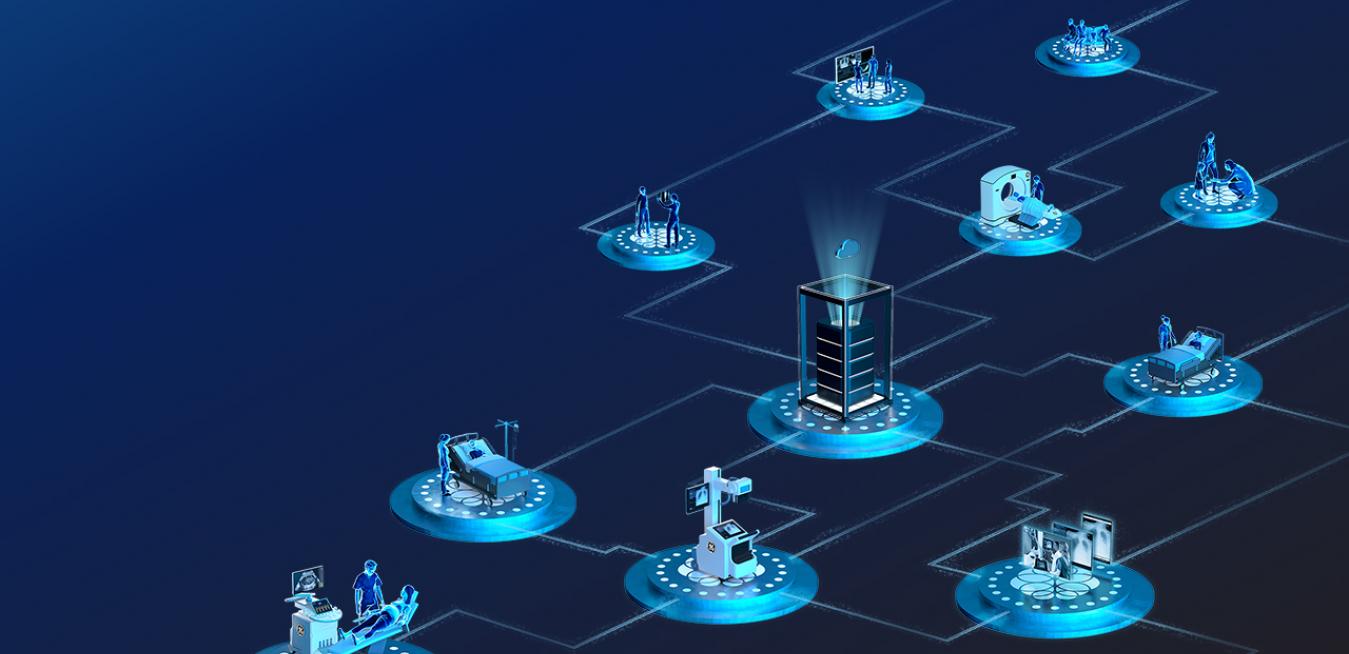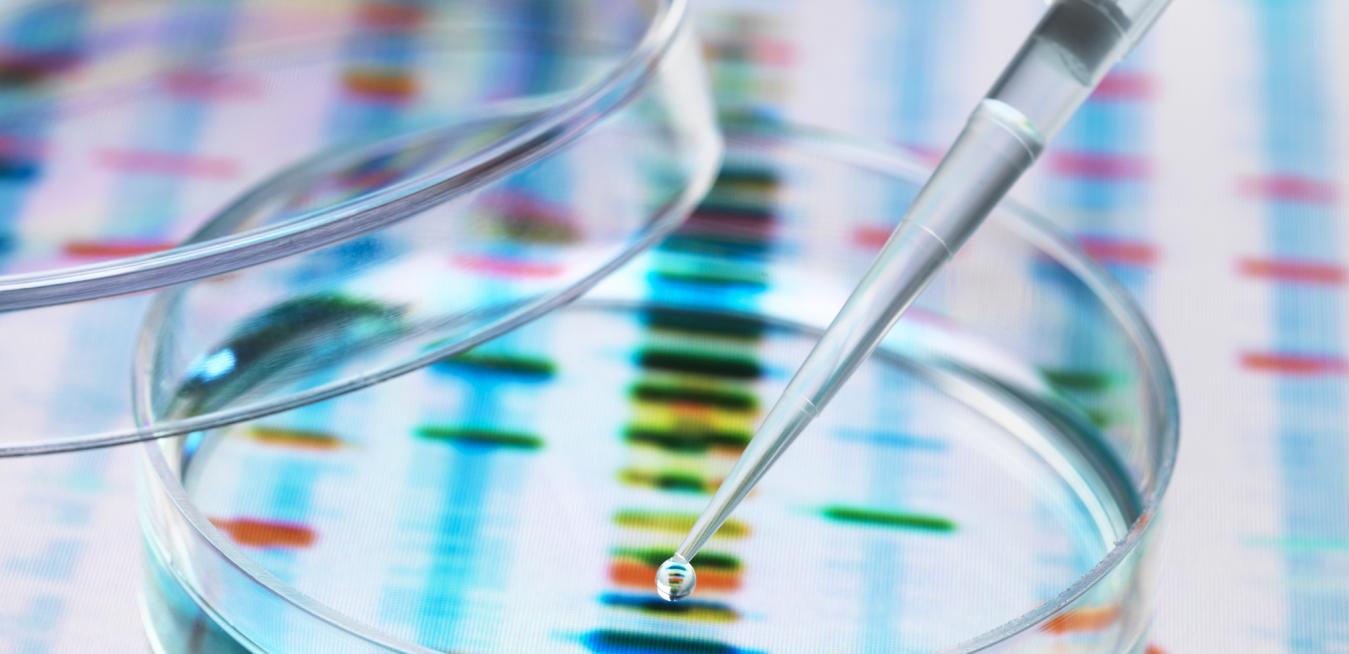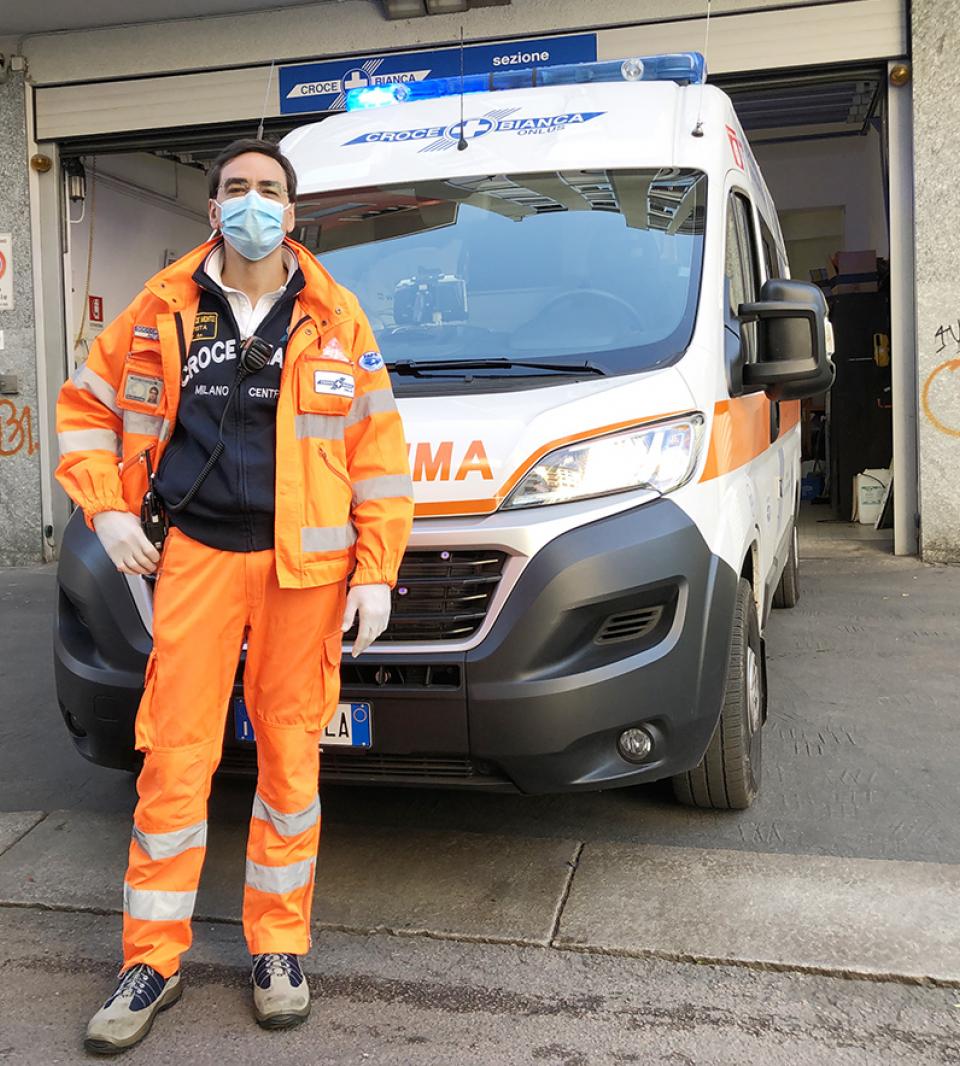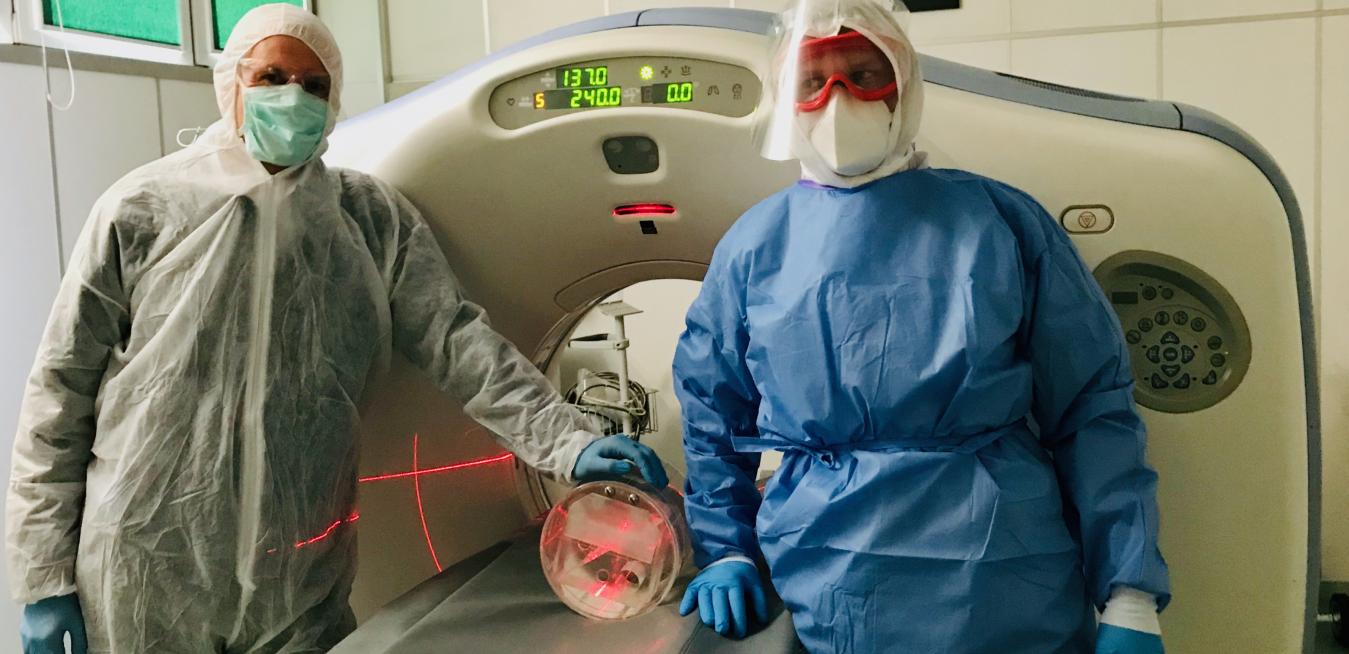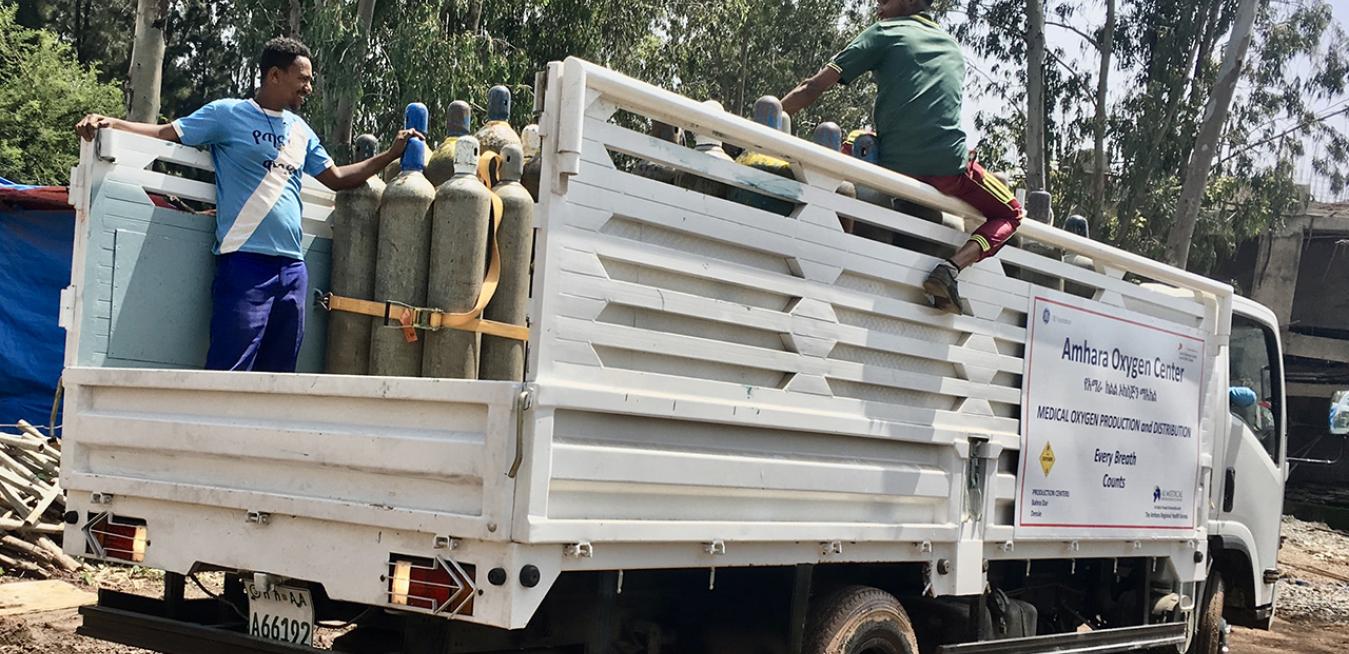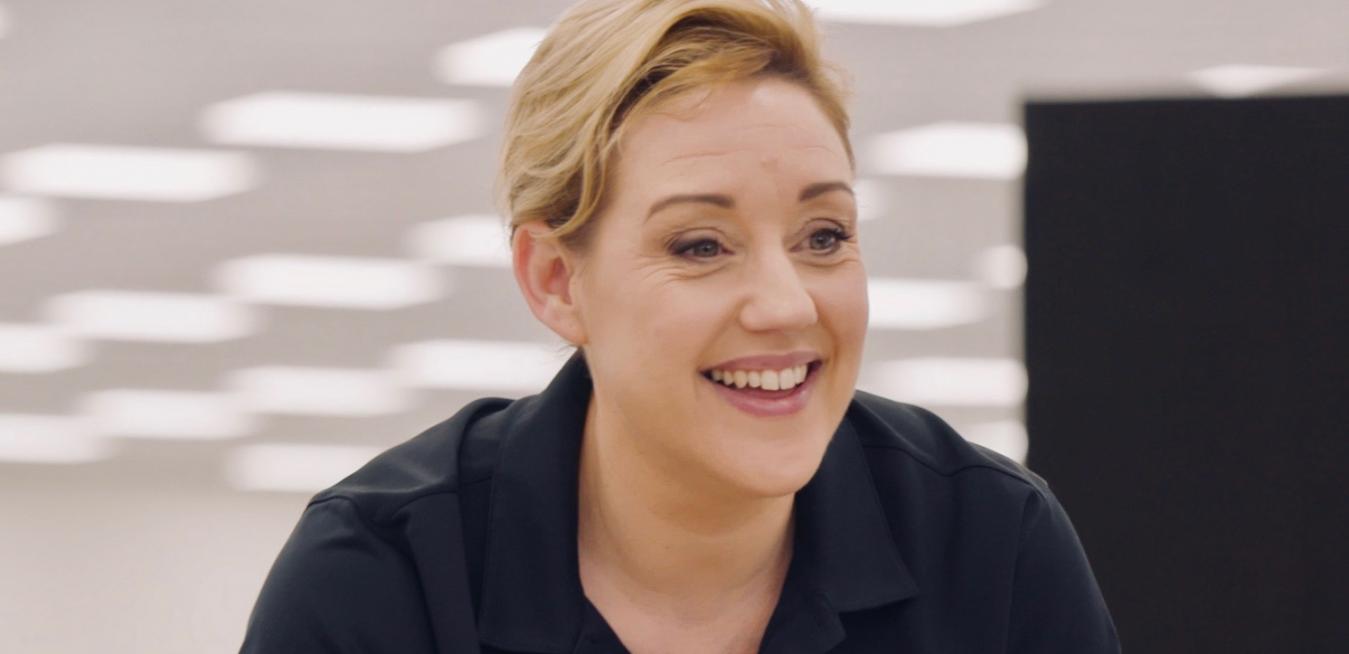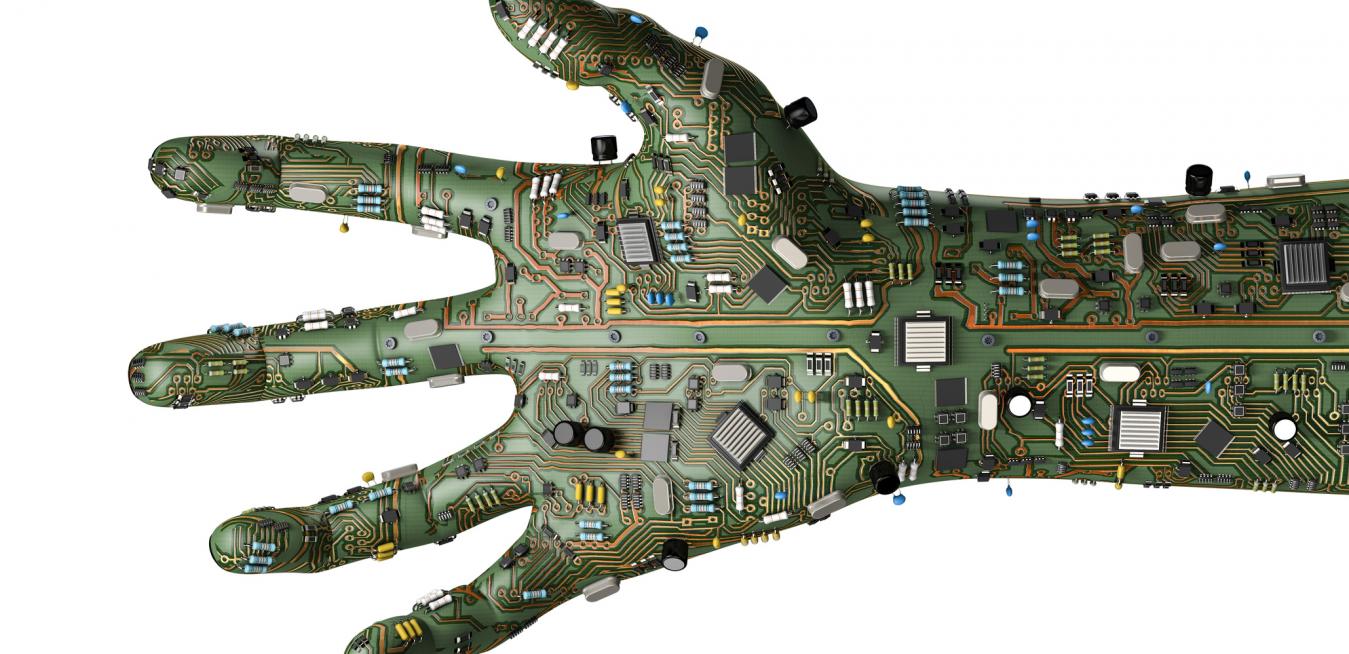- Project a collaboration with the Human Biomolecular Atlas Program (HuBMAP) and Lung Molecular Atlas Program (LungMAP), which are leading an unprecedented effort **funded by the National Institutes of Health (NIH) to map the tens of trillions of cells in the body and the organs, including the lungs
- Study could promote a greater understanding of the cellular response triggered in the lungs by COVID-19 that often lead to patients being placed on ventilators due to swelling that makes it difficult to breathe.
- Could lead to new insights for potent
For media inquiries, please contact:
Todd Alhart
Director, Innovation Communications
GE Aerospace
+1 518 338 5880
[email protected]
business unit
tags
Many doctors and industry experts agree that artificial intelligence-assisted medicine will change healthcare.
Imagine a world where a genomic sequencer small enough to fit in the palm of your hand maps the DNA of a virus in mere hours. Where you can test for a variety of maladies, from skin cancer to urinary tract infections, without going to the doctor. Where monitors use digital algorithms to adjust oxygen levels for ICU patients.
Now stop imagining. Thanks to artificial intelligence, we’re quickly approaching that world.
Poland, like several of its Central European neighbors, weathered the first wave of the COVID-19 pandemic well. Until early October, the country’s hospitals were never treating more than a few thousand patients with the disease at any one time.
The coronavirus pandemic was first and foremost a healthcare crisis, but it touched every corner of the world and every sector of the economy — and drew millions of people together in the effort to turn the tide. Across GE, factories ramped up to manufacture ventilators and patient monitors needed in clinical settings to treat patients suffering from COVID-19; technicians found themselves driving halfway across the U.S.
Even as COVID-19 closed borders and offices this year, Pawel Kazior continued to crisscross Poland, traveling weekly from his home in Gdansk, a port on the Baltic Sea, to train people to use GE Healthcare’s computed tomography (CT) medical imaging equipment. As a CT education specialist and a former doctor, Kazior knew the machines could help clinicians quickly visualize conditions associated with serious illnesses like COVID-19.
In March, Helen Parry was delighted when a brand-new Senographe Pristina™ 3D mammography system arrived at Royal Perth Hospital in Perth, Western Australia. Parry is the hospital’s chief medical imaging technologist, and part of her role is to procure imaging equipment for the hospital’s Breast Assessment Center.
It is the one substance that doctors worldwide agree is critical for any COVID-19 patient struggling with reduced lung capacity: oxygen. And in many developing nations, bottles of it can be too expensive and in achingly short supply.
Angie Norman is comfortable with uncertainty. As one of GE’s experts in lean management, it’s her specialty to crack complex problems in urgent need of a solution. So, when GE Healthcare needed to set up and attach accessories to thousands of medical monitors in record time to serve patients during the pandemic, she was exactly the right person for the job.
Researchers developed an air filter that can kill coronavirus particles on contact, a new drug that targets the most aggressive type of breast cancer, and an integrated processor that could help robots understand and make decisions based on the interplay between their senses of sight and touch — just like humans. One thing robots haven’t learned to do yet, though? Get totally jazzed about cool scientific discoveries. Read on if you’re not a bot.





